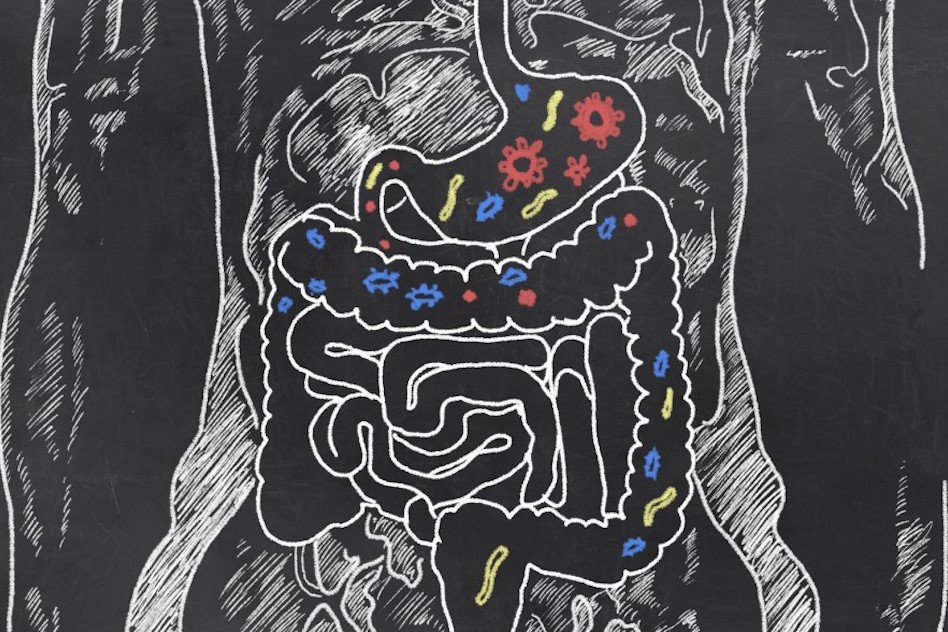
Symptoms and treatment of Escherichia coli bacteria
Escherichia coli (E. coli) is a species of the bacterium of the genus Escherichia, which is part of the gut microbiota of humans and other warm-blooded animals
Most strains of Escherichia coli are harmless, since this microorganism lives as a commensal in our bodies, but some strains can cause more or less serious diseases, which in most cases affect the intestine and urinary tract.
What is Escherichia coli?
Escherichia coli is a gram-negative bacterium (they take on a red colour after undergoing Gram staining, a chemical process used to classify them), which is normally found in the bacterial flora of our intestines.
It is part of the microbiota and is a commensal bacterium, which survives thanks to the organism in which it lives, but at the same time performs a function of its own, e.g. by producing vitamin K.
E. coli is an asporogenic bacillus, it can live in an environment with or without air, ferments lactose and has the microscopic characteristic of having extroversions that allow it to adhere to the wall of the organ it colonises.
Symptoms of Escherichia coli infection
Symptoms of intestinal Escherichia coli infection include:
- abdominal pain
- diarrhoea, including bloody diarrhoea depending on the location of the infection and the strain of bacteria involved;
- nausea and vomiting;
- fever, usually in the initial phase of infection.
Symptoms generally appear 12 hours to a few days after contact with the bacterium and last for about 1 week.
It is very common for infection to occur in developing countries (so-called ‘traveller’s diarrhoea’) or in all situations where there are poor or sub-optimal sanitary conditions.
E. coli infection can also localise to other organs, causing more or less severe cystitis and urinary tract infections, but also more severe and fortunately rarer pictures of pneumonia, meningitis and severe septicaemia.
Escherichia coli in urine
The transmission of Escherichia coli that causes urinary tract impairment occurs mostly endogenously: the bacterium is found in the person’s faeces and, due to the anatomical position of proximity of the anus to the urethra (typical of the female sex in particular), takes advantage of its microscopic characteristics to attach itself to the walls of the bladder and urethra, creating cystitis, urethritis and infections of varying severity, especially if not treated adequately.
In exceptional cases, it is possible for the bacterium to lead to haemolytic uremic syndrome with severe impairment for the patient, which mainly affects children and the elderly.
How is it transmitted?
Transmission of the bacterium occurs through contaminated uncooked water or food. High temperatures, and thus cooking food, kill the E. coli bacterium.
It can also be transmitted by person-to-person fecal-oral contact, so it is essential to take the hygienic precaution of frequent hand washing.
What tests should be performed to find out if you have E. coli?
Patients with persistent and severe diarrhoea can have a co-culture to determine the presence of the bacterium in the intestine.
Urinary tract infection caused by Escherichia coli is very common and if properly treated, not dangerous and is identified by performing a urine culture.
Special attention should be paid to pregnant women, for whom a monthly urine test is required.
Even in this condition, if the bacterium is detected, it is important to undergo specific antibiotic treatment to eliminate it completely.
How is it prevented?
Prevention is basically linked to specific hygiene rules: hand washing and maintaining personal hygiene.
With regard to Escherichia coli in the urinary system, there is no therapeutic prevention, only natural substances that help the walls of the urethra and bladder to take on specific characteristics to prevent the bacterium from adhering to their walls.
These are supplements based on grapefruit seed, blueberry and red fruits, recommended especially for those with frequent urinary infections caused by E. coli.
E. coli in children: is it dangerous?
Children and the elderly are the groups most at risk of having complications related to diarrhoea caused by Escherichia coli, mainly due to the state of dehydration that can result from this condition.
The infection is more frequent in young patients, due to their propensity to put their hands in their mouths frequently.
It is always important that, in the case of profuse diarrhoea, the child hydrates properly and that the paediatrician is consulted as soon as possible to avoid dehydration and more severe kidney consequences.
Read Also:
Emergency Live Even More…Live: Download The New Free App Of Your Newspaper For IOS And Android
Pinworms Infestation: How To Treat A Paediatric Patient With Enterobiasis (Oxyuriasis)
Escherichia Coli: What It Is And What The Symptoms Are
Intestinal Infections: How Is Dientamoeba Fragilis Infection Contracted?
Gastrointestinal Disorders Caused By NSAIDs: What They Are, What Problems They Cause
Intestinal Virus: What To Eat And How To Treat Gastroenteritis
What Is Proctalgia Fugax? Symptoms, Causes And Treatment
Internal And External Haemorrhoids: Causes, Symptoms And Remedies
Haemorrhoids: The Newest Tests And Treatments To Treat Them
What Is The Difference Between Haemorrhoids And Fissures?
Blood In The Stool: What Causes It And What Diseases It May Be Associated With
A. Resistant Bacteria: The Important Discovery Of Australia
Infection With Carbapenem-Resistant Enterobacteria
Diarrhoea: What It Is, What Can Cause It And How To Intervene
Travel And Rescue, USA: Urgent Care Vs. Emergency Room, What Is The Difference?
Traveller’s Diarrhoea: Tips To Prevent And Treat It


